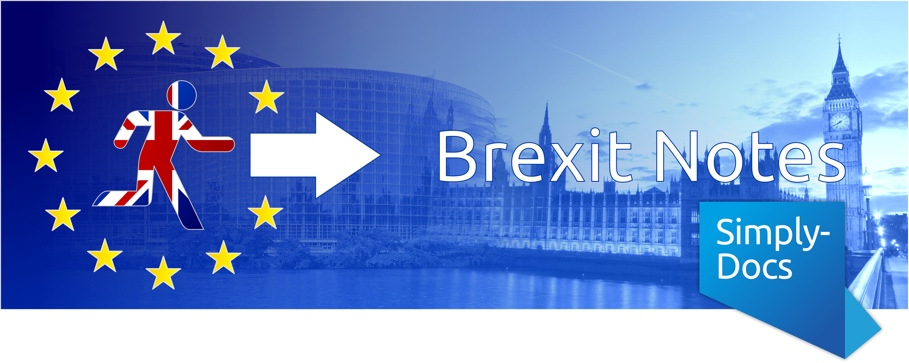The CBI has expressed concerns that manufacturers may run into problems using the “Made in Britain” label after the UK’s departure from the EU is complete and has called on the government to ensure that exporters will be able to continue taking advantage of the status.
The problem stems from the so-called rules of origin which determine where products are made. For products consisting of only one component, or only of components manufactured in the same country, the answer will be straightforward of course; but for those consisting of multiple components made in different places, problems may arise. While Britain remains a part of the EU, it does not affect a product’s “Made in Britain” status if different parts are imported into Britain for final assembly. After Brexit, however, the devil will be in the detail and precisely how much of a product is made here will have an important impact on its status.
What’s the big deal, then? Why does it matter whether your goods are made in Britain? Particularly in a post-Brexit economy, a “Made in Britain” label may be seen not only as a source of pride or a perceived seal of quality, but also of confidence: a reassurance that Britain is standing on its own two feet in the world, that our manufacturing industries are succeeding, and that jobs, skills, and ethics are safe.
What’s more, from a trading and exporting perspective, the importance of the label goes far beyond symbolism. A key part of the Brexit negotiations will, of course, be some kind of free trade agreement. In order for goods to be shipped under (and thus to benefit from) a free trade agreement, a certain amount of its value must have been created in the exporting country; in this case, Britain. This stands to affect not only goods whose Britishness is an important part of their identity, but also those goods which form part of international supply chains.
As reported recently in The Times, the CBI and law firm Clifford Chance have jointly released a paper stressing the importance of the issue, effectively holding the government to its stated goal of securing a “bold and ambitious” free trade agreement with the EU. Britain will need free trade deals with the countries that it currently does as a member of the EU and, ideally, an agreement will be reached with the EU that enables British manufacturers to continue to source components from EU member states in the same way that they do now: that is, with those components still counting towards the all-important “Made in Britain” status (and indeed vice versa). As The Times article points out, however, there is little precedent for such a scenario and the EU would need to renegotiate its existing free trade agreements in order for it to work. It certainly goes without saying that this issue will make trade agreement negotiations more complicated.
Britain may well be heading for the exit, but this will not change the fact that a major portion of the UK’s trade is with EU member states, and while it is perhaps arguable that manufacturers of larger items such as cars face the biggest potential impact from this issue, many SMEs also trade across borders and may also find that their supply chains, not to mention their branding, could be facing a shake-up unless Brexit negotiations go as the CBI and Clifford Chance hope.
Time will tell, but in the meantime, we want to hear from you. Does “Made in Britain” form an important part of your business’ identity? Does your business form a part of, or rely on, an international supply chain? Have you thought about the possible impacts that Brexit will have on your business? Whether you see Brexit as a positive or a negative, one thing is certain: the business landscape is changing and it will be important for businesses of all shapes and sizes to prepare over the next two years. Stay tuned to the Simply-Docs Blog for more updates, more Brexit Notes, and, of course, keep an eye out for our Alerts and Newsletters for details of changes to our documents as the muddy waters of post-Brexit rules and regulations begin to clear.

